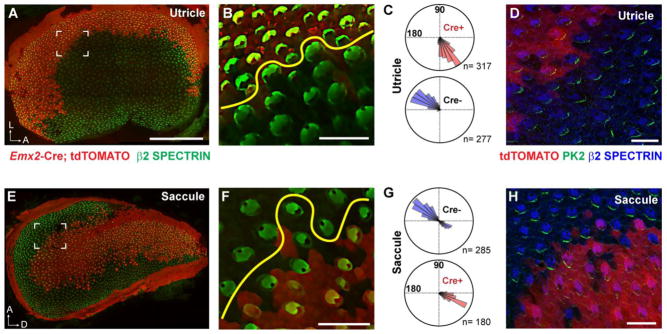Figure 5. Emx2-Cre generates a genetic boundary that parallels the LPR.
(A) Emx2-Cre mediated recombination and activation of the LoxP-Stop-LoxP reporter tdTomato is restricted to the lateral region of the P2 mouse utricle. (B) In the utricle tdTomato expression is tightly correlated with the LPR (yellow line). (C) The orientation of individual stereociliary bundles from cells that express (Cre+) or do not express (Cre−) Emx2-Cre. (D) PRICKLE2 (Pk2) immunolabeling of the utricular maculae at E18.5 demonstrates enrichment of the VANGL/PRICKLE complex at the hair cell to supporting cell boundary facing away from the Emx2-Cre expression domain. (E) Emx2-Cre mediated recombination and activation of tdTomato is restricted to the inner region of the P2 mouse saccule. (F) In the saccule tdTomato expression occurs within the vicinity of the LPR (yellow line) but this correlation is not as precise as for the utricle. (G) The orientation of individual stereociliary bundles from cells that express (Cre+) or do not express (Cre−) Emx2-Cre. Many Cre− cells share the same bundle orientation as cells in the inner region. (H) Pk2 immunolabeling of the saccular maculae at E18.5 demonstrates enrichment of the VANGL/PRICKLE complex at the hair cell boundary facing towards the Emx2-Cre expression domain.

